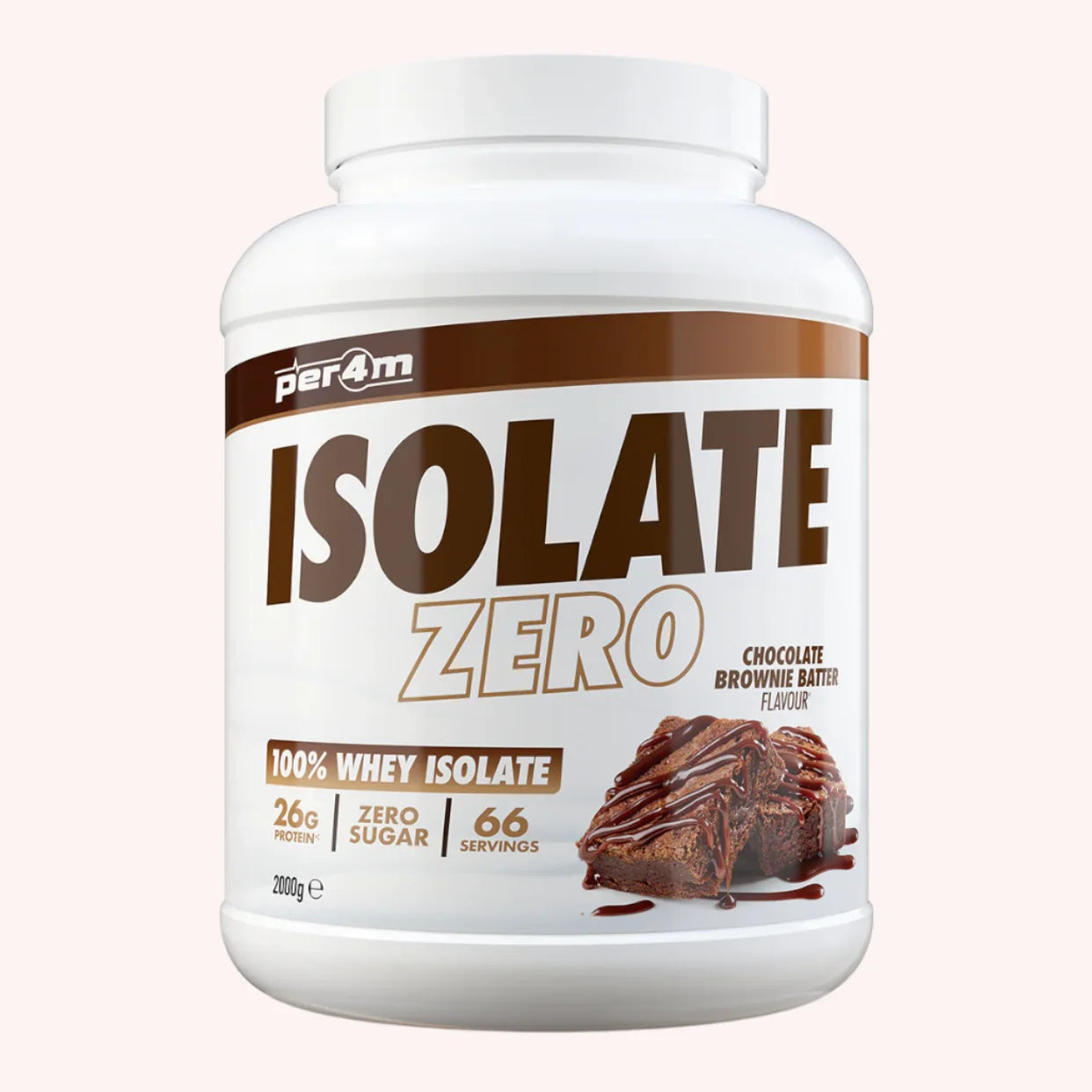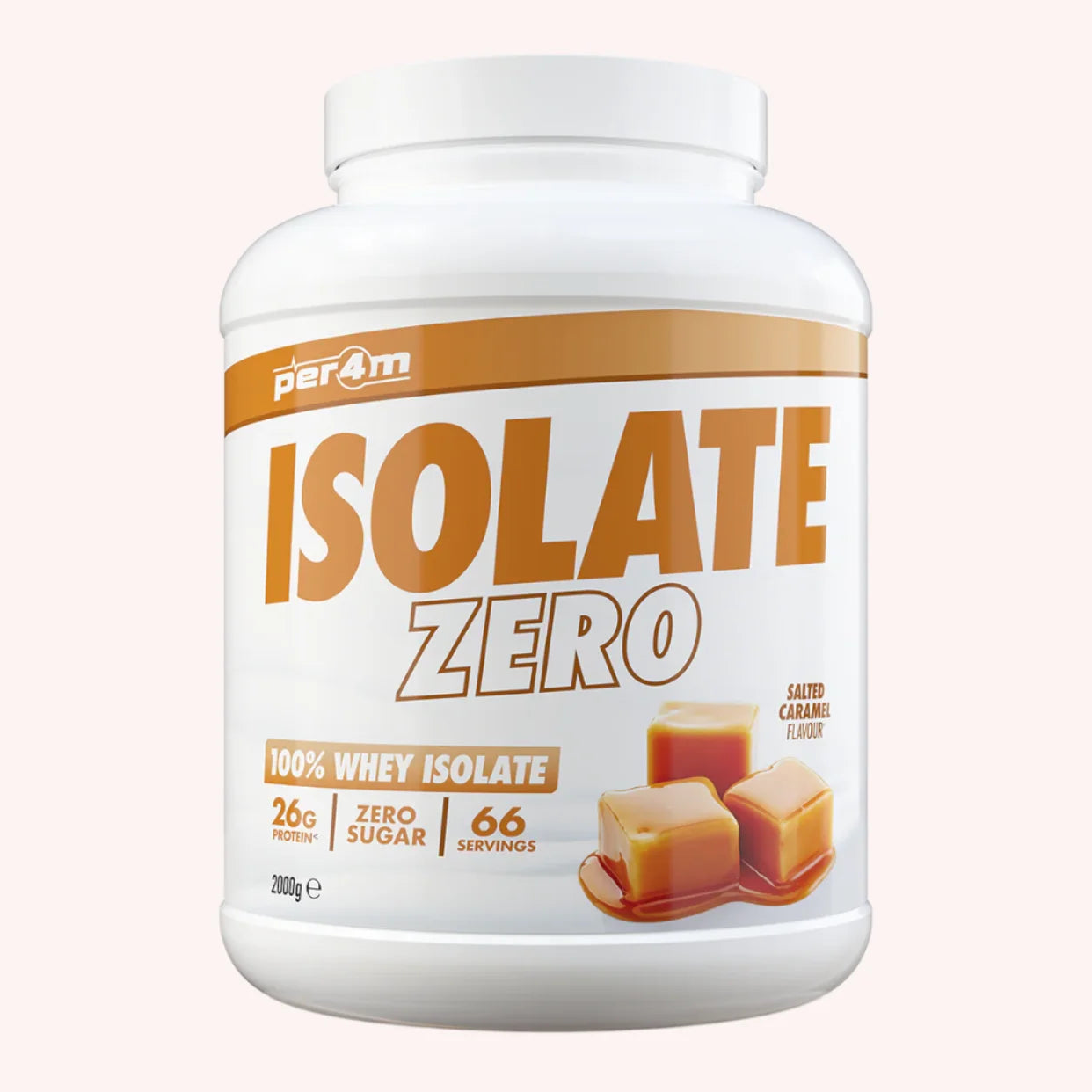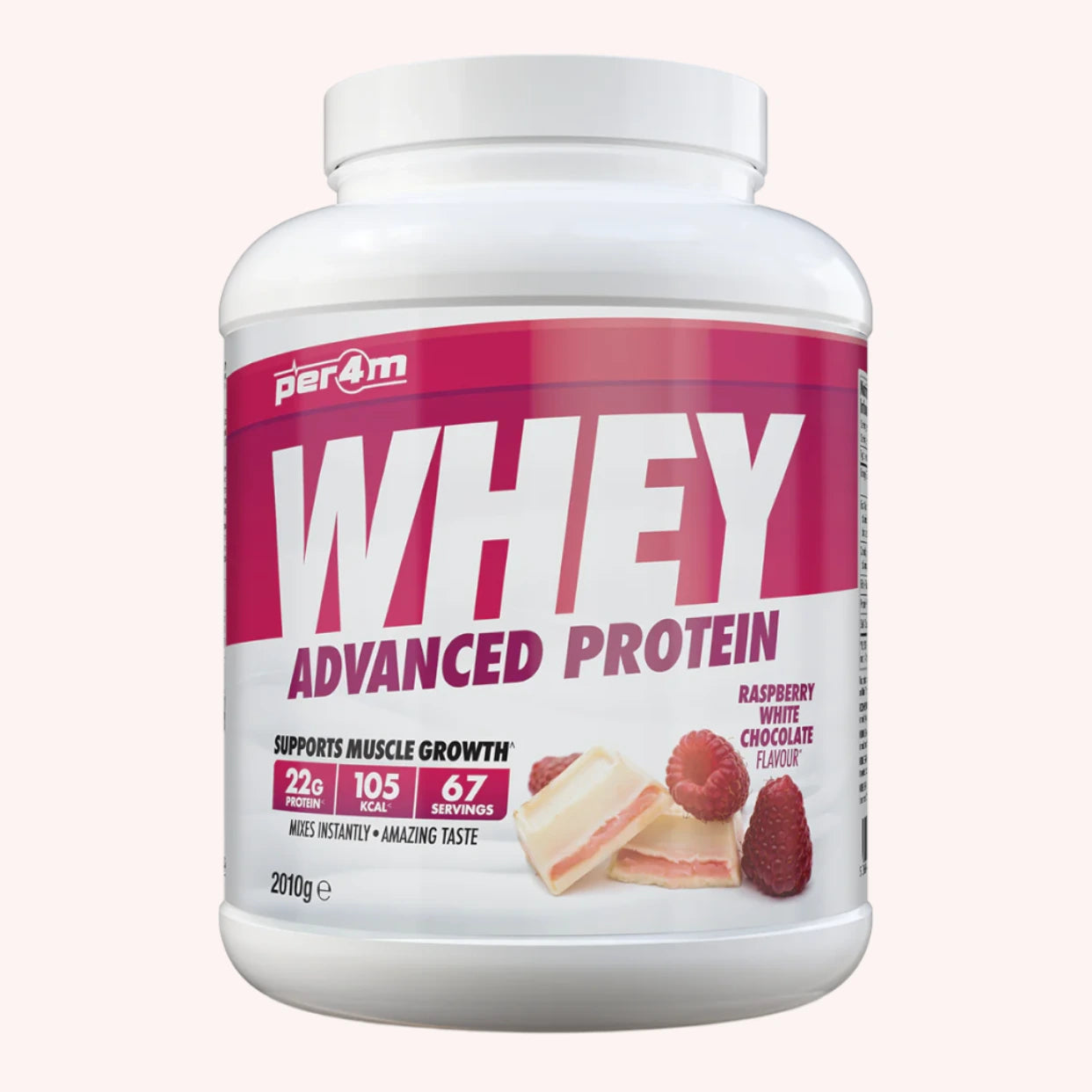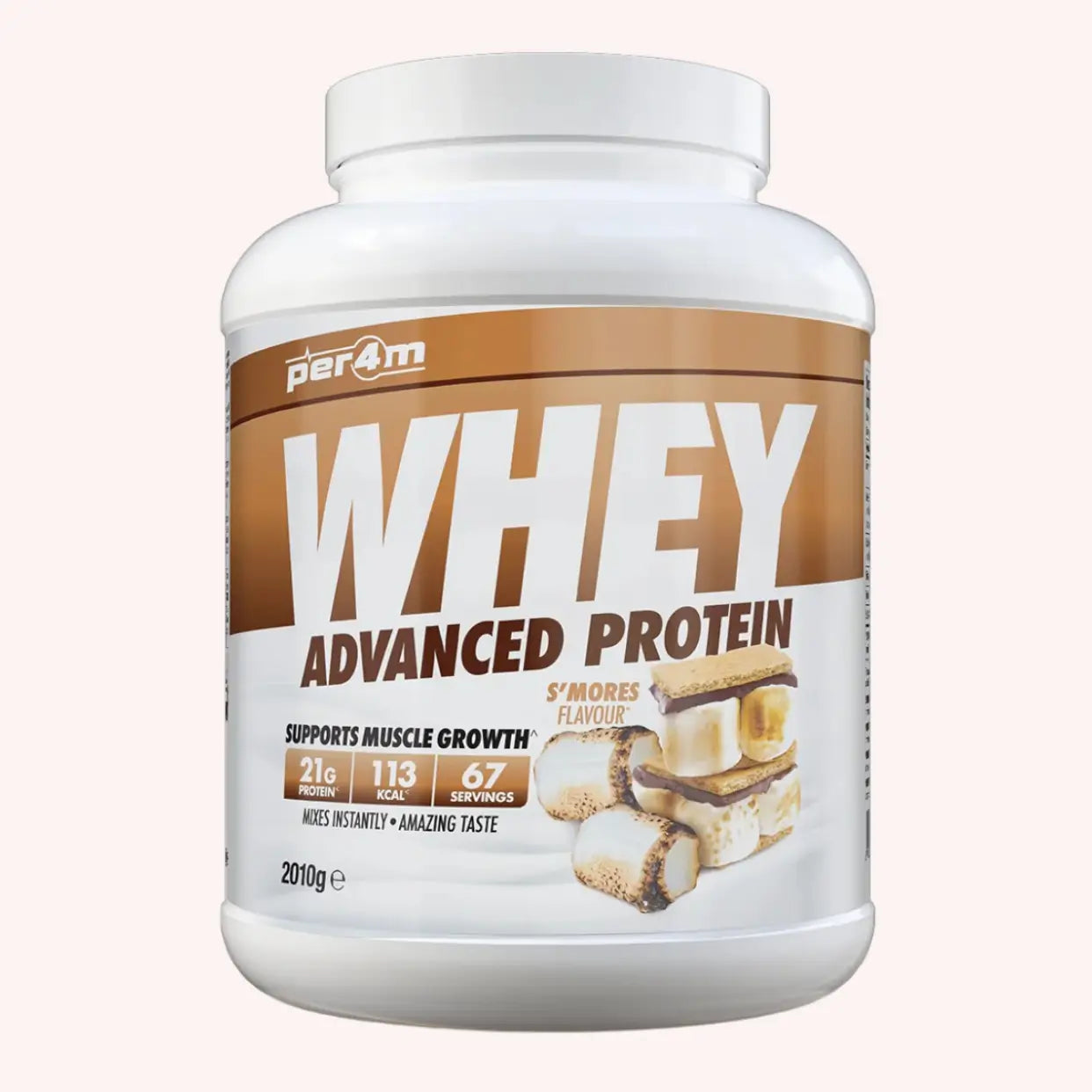Muscle hypertrophy refers to the increase in muscle volume and size, which usually results from regular and intensive exercise. The physiological processes underlying muscle hypertrophy, as well as strategies to maximize this growth.
What is muscle hypertrophy?

Muscle hypertrophy is the process by which the volume of muscles increases, thus appearing bigger and stronger. This phenomenon is directly linked to the micro-lesions suffered by muscle fibers during intense physical training. To repair this damage, our body will produce new proteins that will attach to the damaged fibers, in order to strengthen and thicken them.
Understanding the mechanism of hypertrophy
Hypertrophy is a complex process involving several factors. Basically, it is the balance between muscle breakdown and muscle building . When you exercise your muscles, micro tears occur in the muscle fibers. The body then repairs this damage by adding new muscle cells, which leads to an increase in muscle size and mass.
The importance of protein
Protein plays a crucial role in the hypertrophy process. It is the main building block of our muscles and provides the nutrients needed to rebuild them after intense exercise. To promote hypertrophy, it is essential to consume enough protein each day to support muscle development.
The role of hormones
Certain hormones, such as testosterone and growth hormone, stimulate muscle growth by enhancing protein synthesis and reducing protein breakdown. Proper hormonal balance is therefore important to maximize hypertrophy.
Training Strategies to Encourage Hypertrophy
There are different training methods to encourage muscle hypertrophy. The three main factors in an effective training program are training volume, intensity, and progression.
Training volume
Training volume refers to the total number of repetitions performed for a specific muscle group. The higher the training volume, the greater the stimulus for muscle growth. However, it is essential not to overtrain, as this can lead to decreased performance and an increased risk of injury.
The intensity
Training intensity is directly related to hypertrophy gains: The greater and more repeated the efforts, the more the muscle will be stimulated and its volume will increase quickly. However, it is important to find a balance between intensity and rest to avoid overuse of the muscles and limit the risk of injury.
Intensity refers to the level of effort you put into each exercise. To promote hypertrophy, it is generally recommended to work at an intensity between 70% and 85% of your 1RM ( one repetition maximum ). At this level, you should be able to perform between 8 and 12 repetitions of each exercise before reaching muscular failure.
A good approach is to practice regular strength training sessions, about 3 to 4 times a week, with sufficient rest time between each session (at least 48 hours) to allow complete recovery of muscle fibers damaged during exercise. The choice of exercises, as well as the duration and number of repetitions, will depend on your level, your morphology and your objectives.
The progression
To continue to stimulate hypertrophy, it is important to gradually increase the volume and/or intensity of your training. This usually means adding more weight, reps, or sets to each exercise over time. Progression should be tailored individually based on each individual's abilities and recovery.
Advanced Techniques to Promote Hypertrophy
In addition to the fundamental factors mentioned above, there are several advanced techniques you can use to maximize hypertrophy:
- Vary your exercises: Change the exercises you do regularly to challenge your muscles differently and avoid plateaus.
- Time Under Tension (TUT): Increase your time under tension by performing your repetitions slowly and with good control over the movement.
- Super Compensation Meal: Eat quickly after training to provide muscles with the nutrients they need for repair and growth.
- Deloading periods: Periodically reduce the volume and intensity of your training to allow your body to rest and recover.
Recovery and Nutrition: Two Key Aspects of Hypertrophy
The recovery
Recovery is an often overlooked aspect of the muscle hypertrophy process. Without adequate rest and recovery time, your body will not be able to effectively repair the damage done to your muscles during training and muscle growth will be limited.
Ideally, give each muscle group 48 hours of rest between workouts to allow for optimal recovery and maximum stimulation of muscle growth. Additionally, make sure you get enough sleep and practice relaxation techniques to combat stress and promote full recovery.
Nutrition
A diet rich in protein is essential to support muscle growth. Indeed, these nutrients are the main “builders” of muscles and allow our body to repair micro-tears caused by training. It is recommended to consume approximately 1.5 to 2g of protein per kilo of body weight each day, favoring animal sources (meat, fish, eggs, dairy products) and plant sources (legumes, whole grains).
Choose high-quality proteins, such as meat, fish, dairy or plant-based alternatives, as well as complex carbohydrates (grains, legumes) and healthy fats (vegetable oils, avocado). Also make sure you are getting enough essential micronutrients, such as vitamins and minerals, by choosing a variety of vegetables and fruits.
At the same time, it is also essential to ensure that you are getting enough carbohydrates and fats, to provide the strength needed for workouts and ensure good recovery. Some athletes also choose to use dietary supplements, such as protein powder, branched chain amino acids (BCAAs) or creatine, to support their performance and ensure optimal nutrient intake.
Different training techniques to stimulate hypertrophy

In order to increase muscle building, there are several techniques that can be incorporated into your training programs, such as:
- Progressive load: This method consists of gradually increasing the load used during bodybuilding exercises, in order to maintain constant stimulation of the muscles and encourage their adaptation.
- The overload principle: This approach involves pushing the muscle beyond its current limits, by extending the duration of the sets or adding additional repetitions, to create a greater stimulus. However, care must be taken to allow short recovery times between efforts (15 to 30 seconds), so as not to cause the muscle to exhaust too quickly.
- Decreasing series: This technique consists of performing a series of exercises with a certain weight, then immediately reducing the load and continuing with another series, until the muscle fiber is completely exhausted.
- Pre-exhaustive exercises: They allow you to “fatigue” certain muscle groups before even starting a main exercise, thus soliciting them even more and promoting their hypertrophy.
Muscle Hypertrophy: In Summary
In conclusion, muscle hypertrophy is a complex process that involves many biological and environmental variables. To maximize its potential, it is important to develop a suitable and consistent training program, taking care to respect the general principles of intensity, recovery, nutritional balance and variety of exercises. Remember that the results obtained will also depend on your morphology and your personal genetic capacities.






